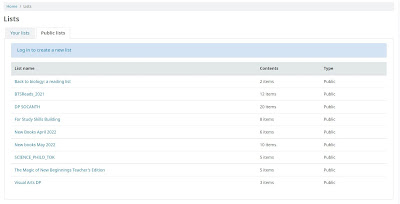I have been teaching literacy skills and language acquisition for students in the middle grades upto college levels for a while now. One of the many hats I wear. My one-on-one sessions and tutorials are areas where I gather experiences that enrich my instruction and pedagogy. Most importantly, I learn from my students. Their responses and engagement with the materials I plan and design fuel my desire to become a better literacy skills teacher.
Allow me to share a teaching practice I apply with my students in learning new words or vocabulary.
First, I select words that I deem important in comprehending the selected article or text. My student and I read the words individually and then, together. At times when a student has difficulty pronouncing the words, I help him/her syllabicate. We chunk the word as to how it is pronounced, for example: bio/mi/mi/cry (bio-me-meek-ree).
Second, I ask the student if the words are familiar to him or her. Where has he/she heard or read the words? We connect them to bigger subject or branches of knowledge. I then emphasize that the words we are encountering are often used in a specirfic subject or area of knowledge.
In the example above, our main area of knowledge of Science and its sub-areas are biology and nature, engineering, robotics and technology. My student identified these branches of Science.
The third step is to introduce the article or the text, its author and the source from where I took it from.
The fourth step is for us to understand the meaning of the words used in context. So, we read.
We look for clues in the text that inform us of the meaning of the word. We do not go to the dictionary right away. I use the dictionary as a reference tool to verify the author's use of the words in context and to validate our guesses and our own understanding of the words.
This is another activity for learning the use of reference materials, such as the dictionary. Also, it is a way of planting curiosity, cross checking and documentation. These are habits and traits necessary for research skills in the upper gardes or in high school.
Along the way, we meet important information about the topic we are reading. We take note of it and rewrite the information in our own words. In a way we are paraphrasing without the in-text citation yet. What is important here is our responses to the text and the way we express or communicate them in writing. Then, I tell him/her to review his/her writing for errors or mistakes.
Taking notes is a strategy I teach my students at the beginning of our unit or sessions.
What I enjoy about this strategy in teaching new words is the modeling and explicit instruction happening simultaneously. The brain is a network and it can think fast and slow. An awareness of thinking processes and monitoring the steps to reach a goal are valuable in reading comprehension.
Watch out for the next Step by Step with me, Teacher Zee!

.jpg)
.jpg)
.jpg)


.jpg)
.jpg)



